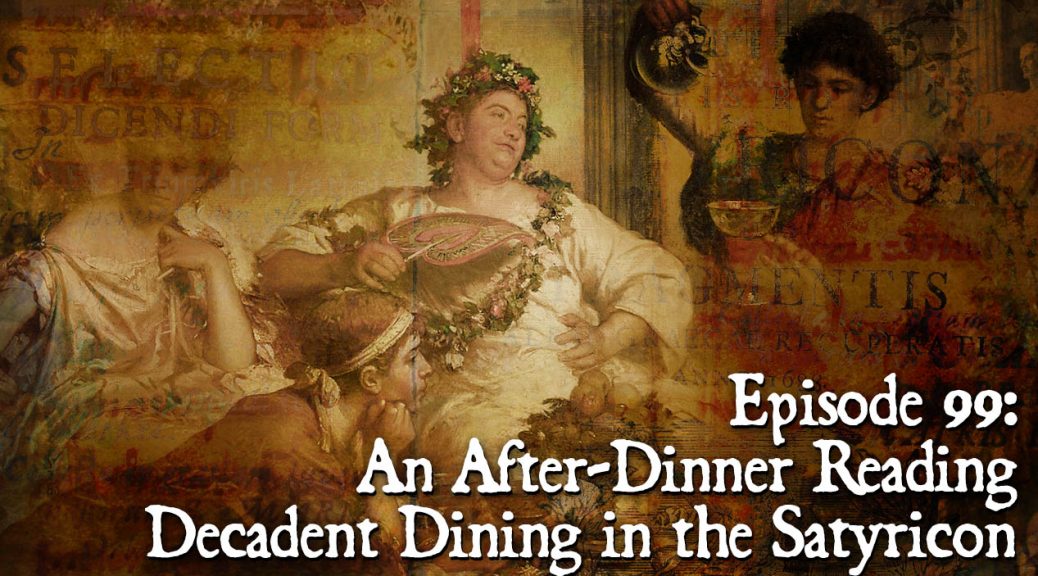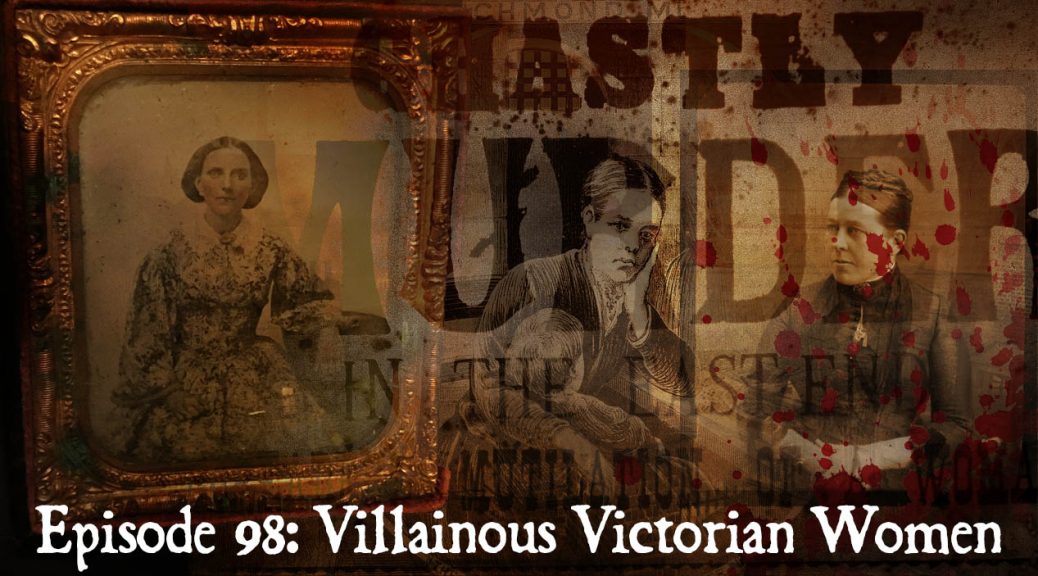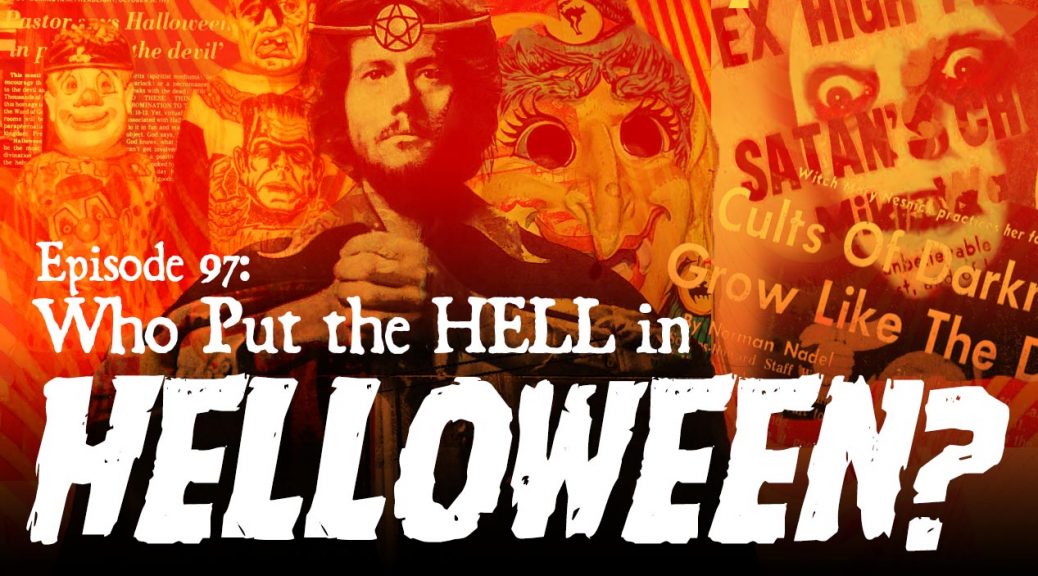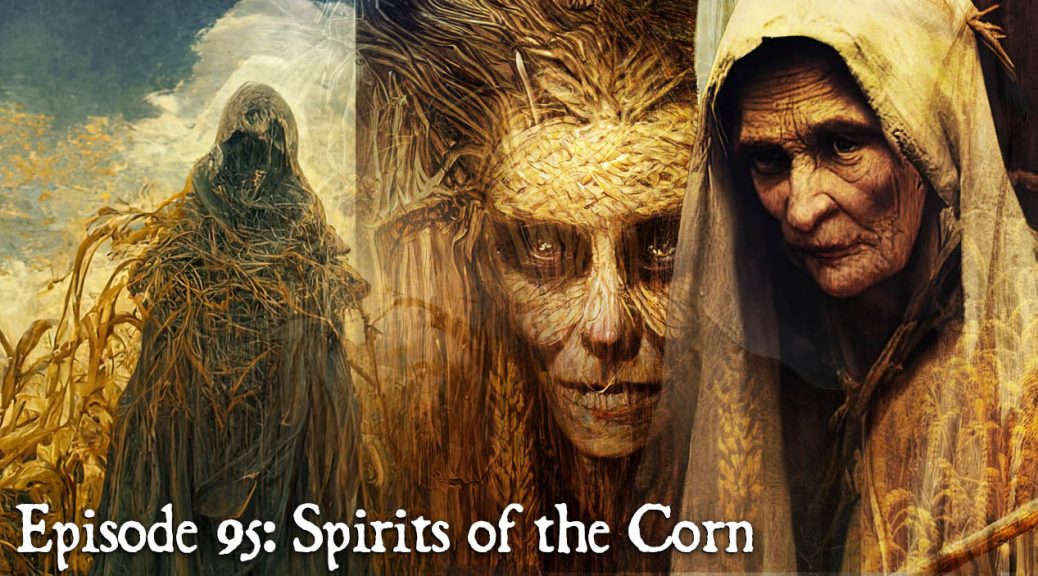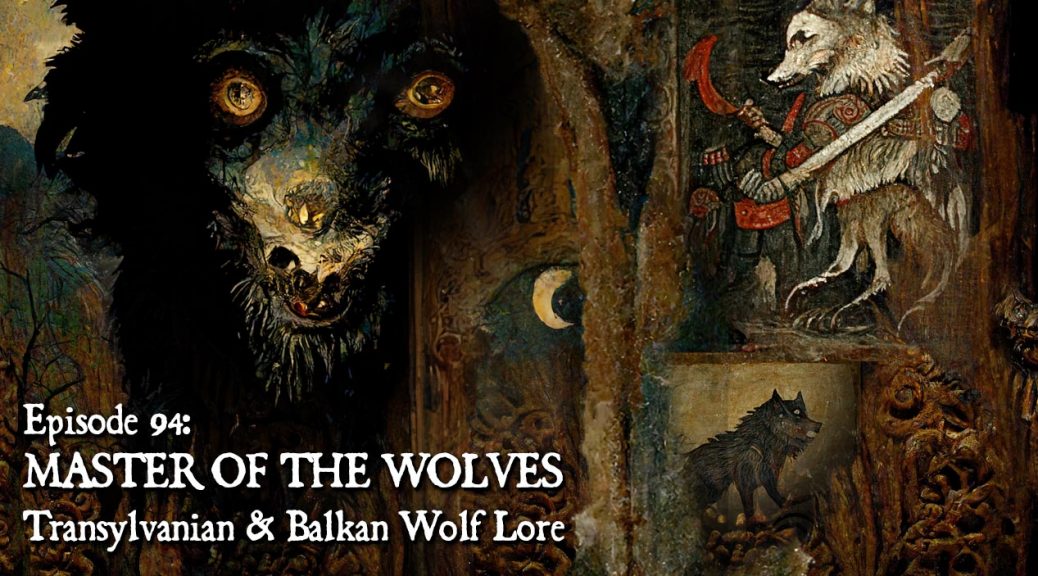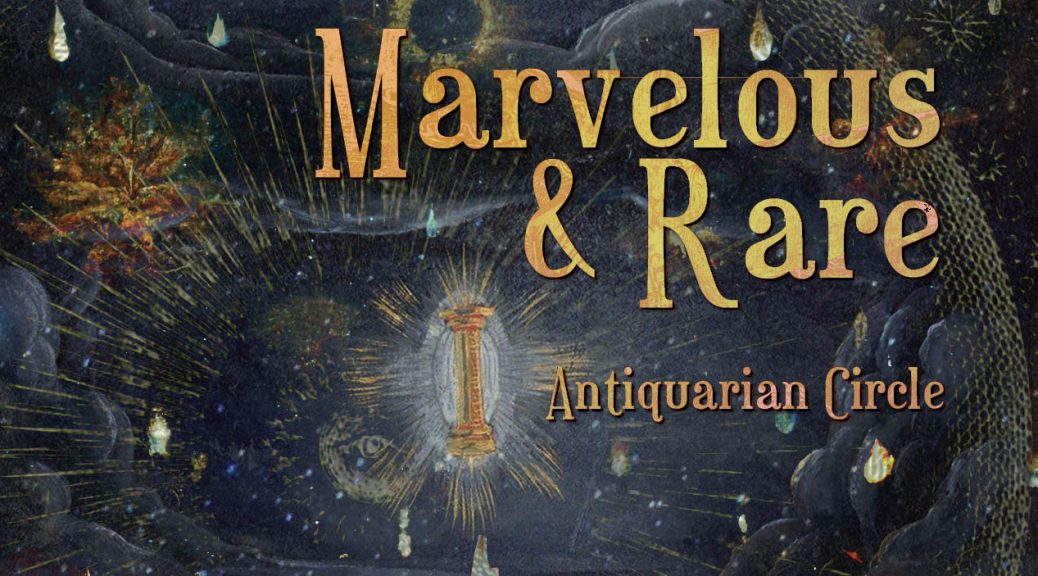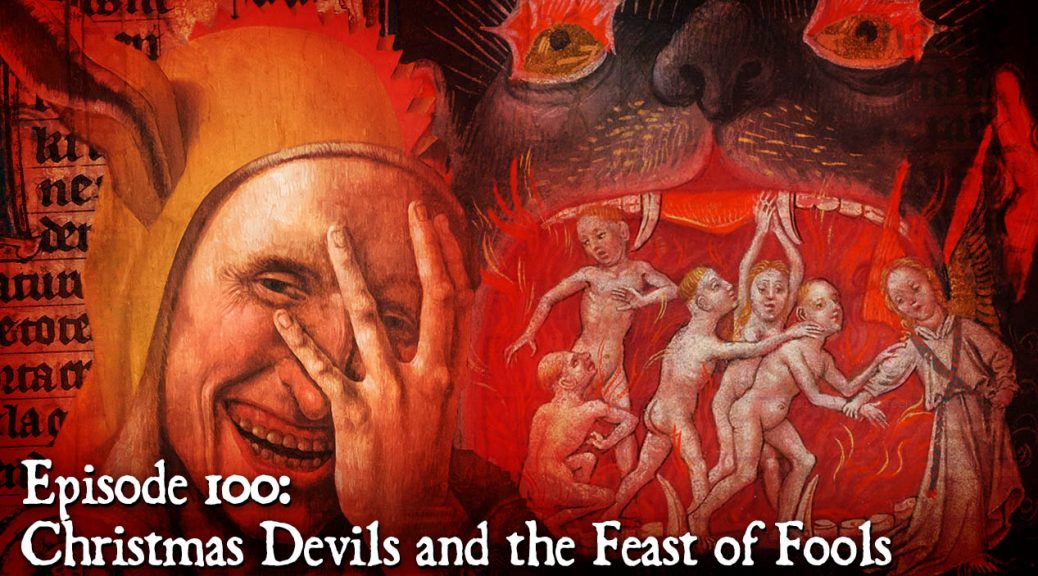
Christmas Devils and the Feast of Fools
From St. Nicholas Day through Christmas, the Devil figured prominently in medieval plays, embodying a subversive seasonal element also celebrated in the Feast of Fools. We enter the topic of medieval Christmas plays sideways through German composer Carl Orff’s 1935 composition “O Fortuna,” a piece much beloved in Hollywood soundtracks. The lyric Orff set to …
